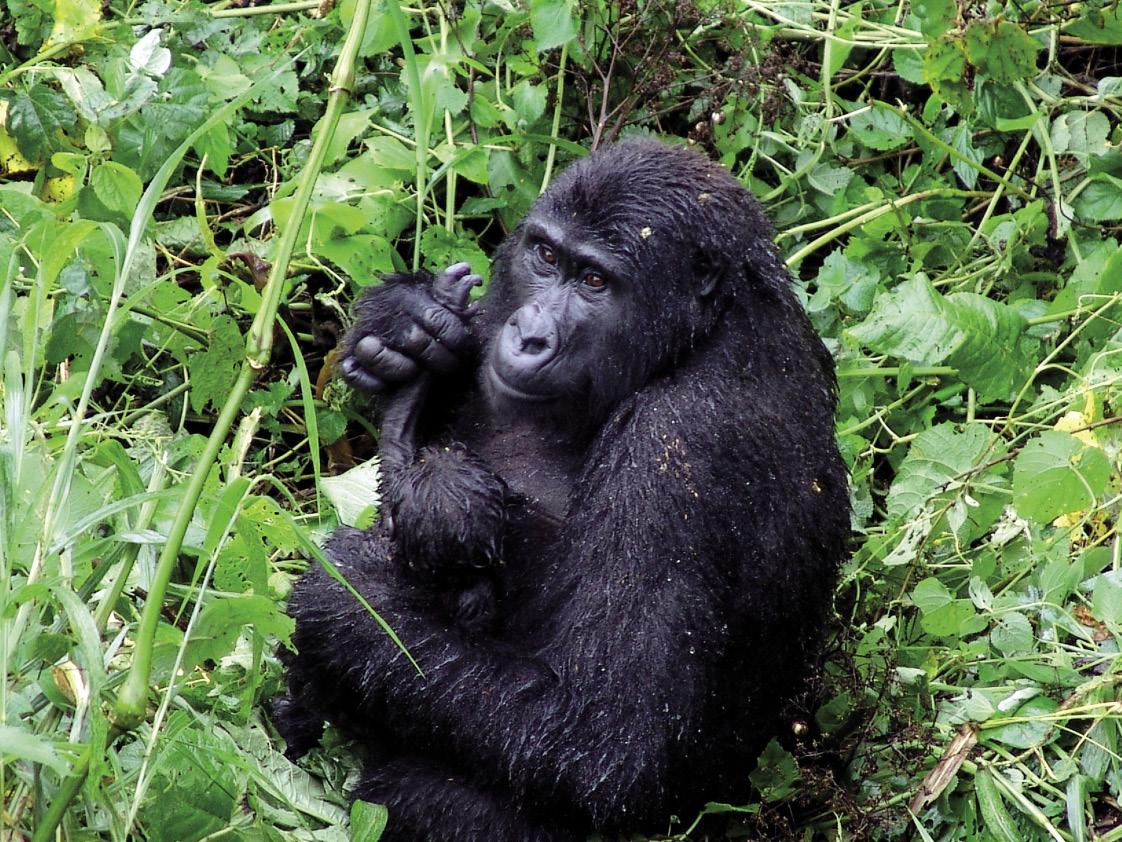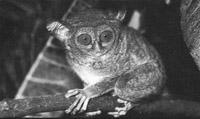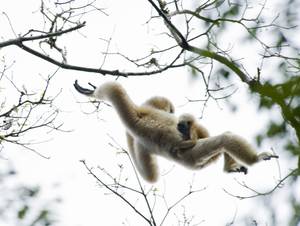Hominids or hominids, what are we?
2016/03/01 Iriondo Orensanz, Mikel - Genetika, Antropologia Fisikoa eta Animalien Fisiologia Saila, Zientzia eta Teknologia Fakultatea (UPV/EHU) | Manzano Basabe, Carmen - Genetika, Antropologia Fisikoa eta Animalien Fisiologia Saila, Zientzia eta Teknologia Fakultatea (UPV/EHU) Iturria: Elhuyar aldizkaria

Today we are clear that our closest evolutionary relatives are the chimpanzees. The last common ancestor lived between us and them 6-7 million years ago, and we know many fossil species of the human lineage near distribution, such as species of the genus Ardipithecus and Australopithecus and Homo habilis, H. erectus or H. naledi discovered last year, among many others. Now, when naming the group of these genera and species of our lineage, what name should we use? Some would use the word “hominid”, others would call it “hominine” and it should be mentioned that this last term is the one preferred today among scientists. But there are other options even less known, such as the “hominins” and the “homines”. What is the correct one? We will talk about it in this little work. Attention, please, to the reader, because all these words have a different meaning!
Chimpanzees (normal chimpanzee and bonobo) known to humans as anthropomorphic monkeys, along with gorilla, orangutan and livers, are classified in the Hominoid superfamily. XX. Until the end of the twentieth century the researchers divided the “hominoids” into three branches: the man on the one hand (family Hominidae), the livers on the other (family Hylobatidae) and the chimpanzee, the gorilla and the orangutan in the family Pongidae. Thus, when talking about the human lineage, the word hominid was used. But XX. Thanks to the molecular analyses carried out from the second half of the twentieth century, we definitively set the evolutionary relationships between hominoids, and at present the different taxonomic levels are distributed according to kinship.
Attending this school of classification, we distinguish two families: Hylobatidae (livers) and Hominidae (all others; “hominids”). Within the latter there are two subfamilies: Ponginae (orangutans) and Homininae (gorilla, chimpanzees and man; “hominines”). Within the subfamily Homininae we distinguish two tribes: Gorillini (gorillas) and Hominini (chimpanzees and us; hominid); finally, the tribe is distinguished at subtribal level: Panina and Hominine (hominos in common use). Being the objective of the classification models to reflect the phylogeny of a group, the kinship tree, we should take the classification of all species of the human lineage to the subtribe level and call our lineage with the term “hominos”.
But then, why do we prefer today the term “hominine”? Take into account two or three things to answer this question. The first is that cladism is increasingly accepted as a model of classification. Secondly, that the classifications are made by us (other living beings have not presented proposals for the moment…), and there are researchers who do not consider it appropriate that the human species is so close to other animals, in short, the level of development reached is not similar in the animal world. As an example of the debate on classifications, two other proposals are presented, which are extreme examples, but both with “scientific basis”.
First J. It was proposed by Huxley in 1957. In his opinion, human beings, besides the biological part of other animals, would have a new side of the evolutionary process, the psychosocial part. As they are the Plantae and the Animal Kingdoms, we would form a new Kingdom: Psychozo. Huxley placed the separation of the human lineage at the highest taxonomic level. At the opposite end, Elizabeth Watson, S. Eastel and D. It is proposed by Penny in 2001. Their calculations show that the genetic differences between humans, chimpanzees and gorillas are similar to those of other mammals classified in the same genus, so when performing an objective classification the three mentioned species should be located in the same genus, that is, we should call Homo sapiens, Homo niger and Homo gorilla respectively.
As the reader has seen, we have many options to classify our species, each with a different base, and in these cases the consensus is necessary to move forward. They did so at the International Congress “International Colloquium on Taxonomy and Systematics of the Human Clade” organized in Palma de Mallorca in 2000. Before the meeting, all the anthropologists and paleontologists of the world received a letter with a single question: “What do you think is the most appropriate taxonomic level to classify the species of the human race?” The possible answers were most of the above mentioned: family, subfamily, tribe, subtribe or gender. The majority bet for the tribe, so the “hominins”.
In science there are things that are not black or white, especially when we talk about our species. What relative importance should we give to our differential characteristics, such as consciousness, moral values, or language? Or maybe we just have to attend to the objectivity that genetics gives? What importance does tradition have in all this? As we have seen, all classifications can be adequate if we are clear what we want to explain with the classification. The denomination of “hominid” can be adequate for us and the species of our lineage, if we want to emphasize the importance of our distinctive characteristics as it has traditionally been done, but among anthropologists we can say that this term is demodé. At present, the consensus reached to designate us and the species of our lineage is in the term “hominine”. Today, in the future, when researchers of the next generation are working, with different ways of thinking.

Gai honi buruzko eduki gehiago
Elhuyarrek garatutako teknologia






